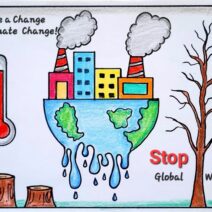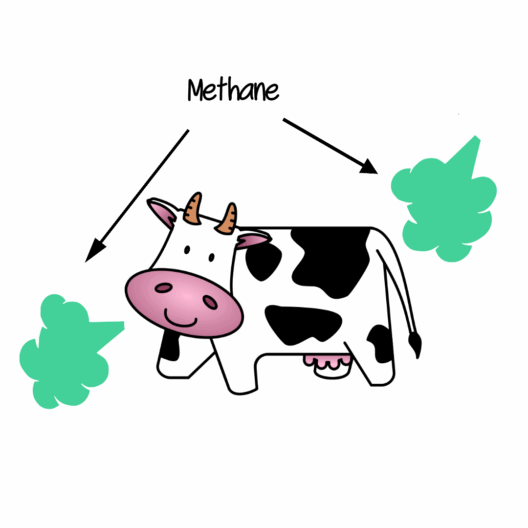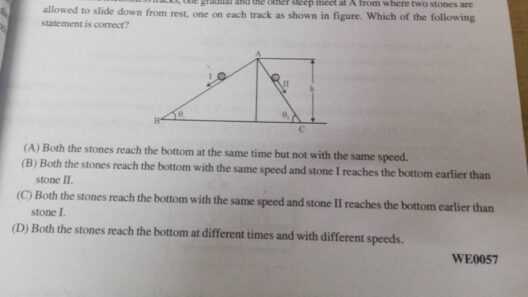When two objects collide, the aftermath is akin to two dancers meeting on a stage, each responding to the other’s movements in a choreographed performance dictated by the laws of physics. In the realm of collisions, particularly elastic collisions, two paramount players emerge: momentum and kinetic energy. The inquiry into whether momentum and kinetic energy are conserved during such an interaction invites deeper exploration into the intricacies of these fundamental principles.
To demystify the topic, one must first grasp the essence of momentum, defined as the product of mass and velocity. Often visualized as the measure of an object’s motion, momentum acts as the inertial tag that follows an object throughout its journey. Conservation of momentum dictates that in a closed system, the total momentum before a collision equals the total momentum after the collision. Consider a billiard table. When one ball collides with another, the momentum transfers seamlessly, mirroring the passing of a baton in a relay race. This fascinating transfer preserves the total momentum, regardless of the individual trajectories post-collision.
Conversely, kinetic energy, the energy of motion, also plays a significant role in the elaborate dance of collisions. Defined mathematically as half the product of mass and the square of velocity, kinetic energy exhibits a nuanced behavior during elastic collisions. In an elastic collision, not only is momentum conserved, but kinetic energy is, too. This phenomenon occurs as if every dancer in the collision knows precisely how to maintain their graceful energy, redistributing it without loss during the interaction.
Consider a prime example to illustrate this principle: imagine two perfectly spherical, identical rubber balls colliding head-on with equal speeds. Before the collision, each ball possesses a certain amount of kinetic energy and momentum. Upon impact, the two balls exert equal forces on each other. In an elastic collision, they rebound with the same speed they had prior to the collision, thereby preserving both momentum and kinetic energy. It’s as if they have rehearsed for this moment, ensuring that energy flows elegantly between them without a single joule being wasted.
In contrast, an inelastic collision is a different drama altogether. Take, for instance, two clay objects colliding and sticking together. Here, while the momentum remains constant before and after the collision, kinetic energy is not conserved. It dissipates, transforming into internal energy or sound, reminiscent of an artist compromising on a masterpiece for the sake of unity. The individual identities of the clay objects meld into one, underscoring a poignant trade-off in energy types.
Elastic collisions are not merely theoretical musings; they manifest in various real-world applications, from molecular interactions in gases to the behavior of macroscopic objects in sports. For instance, the interactions of gas molecules in the air can be closely approximated to elastic collisions. The kinetic energy among the gas molecules is continuously exchanged during their interactions, maintaining both the conservation of momentum and kinetic energy in a seemingly symphonic dance.
However, elastic collisions are often idealized in physics due to the assumption of negligible friction and rotational forces. In reality, most collisions fall somewhere along the spectrum from perfectly elastic to perfectly inelastic. The challenge lies in quantifying the energy transformation occurring in these transitions. An acoustic signal from a football being kicked may reveal insights into the energy dissipated in both sound and heat during what could be deemed an elastic interaction.
The metaphoric resonance of conservation principles invites contemplation about broader implications. In the context of environmental awareness, the conservation of momentum and energy can parallel the conservation of resources and the sustainability of ecosystems. Just as momentum and kinetic energy must be diligently managed in physical interactions, our approach to energy consumption and environmental stewardship requires an acute awareness of resource distribution to avert needless waste. Sustainable practices can be likened to perfectly elastic collisions; they involve strategic exchanges and reinvestments of energy that yield no loss, fostering a balanced ecosystem.
Furthermore, the examination of momentum and kinetic energy conservation raises questions about the nature of systems themselves. Are humans, in our collective journey, capable of maintaining balance as we collide with competing interests and environmental limits? The laws governing physical interactions stand as allegories; they highlight the necessity for foresight in conserving energy and preserving our planet’s health amidst the frequent collisions of industry, nature, and humanity.
In conclusion, the inquiry into whether momentum and kinetic energy are conserved during elastic collisions reveals a tapestry woven with dynamic principles, intricate interactions, and profound implications beyond the realm of physics. Investigating these phenomena not only enhances our understanding of mechanical systems but also compels a broader discourse on the sustainability of our practices. Like two adept dancers, when we learn to navigate our collisions with poise and respect for natural laws, we can cultivate a more harmonious existence—one where both momentum and energy, whether in a physical or environmental context, thrive and persist in an ever-evolving dance.








